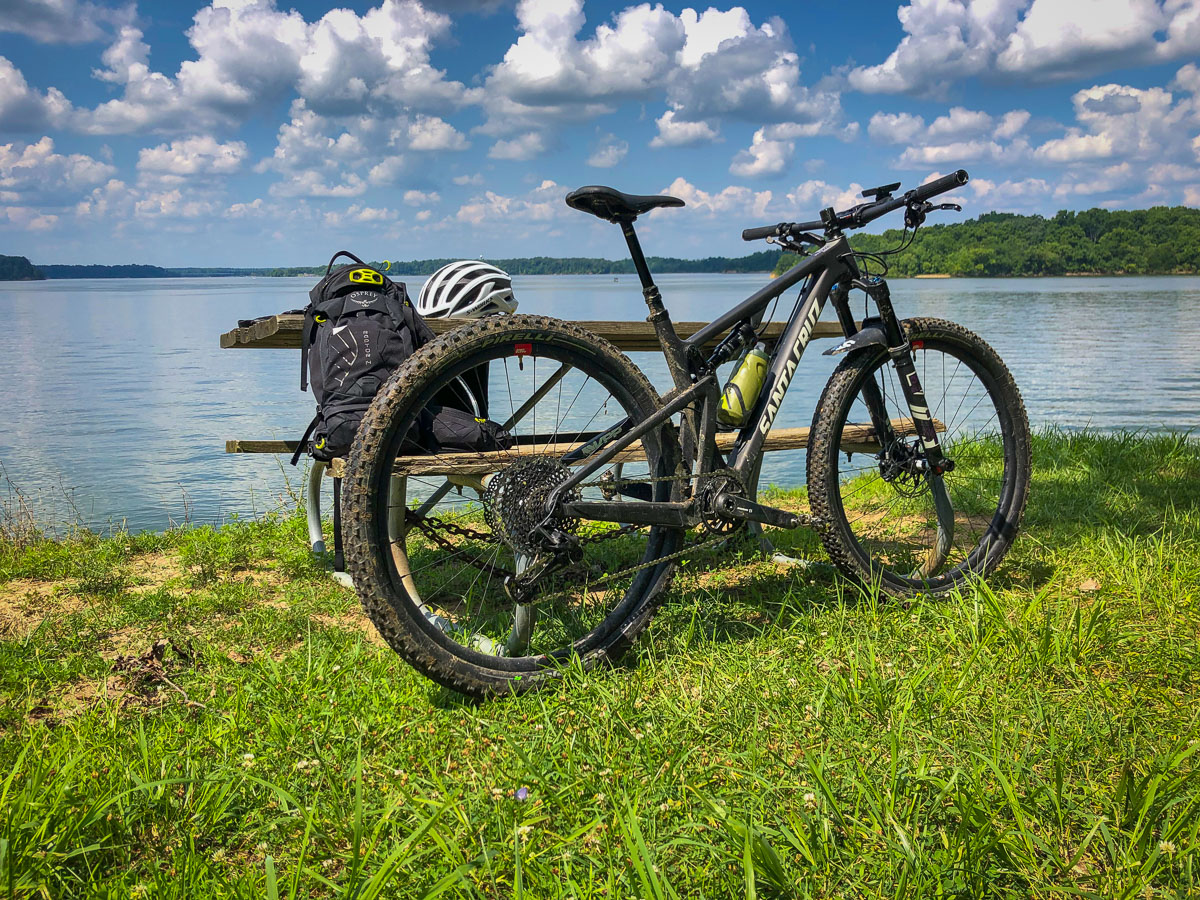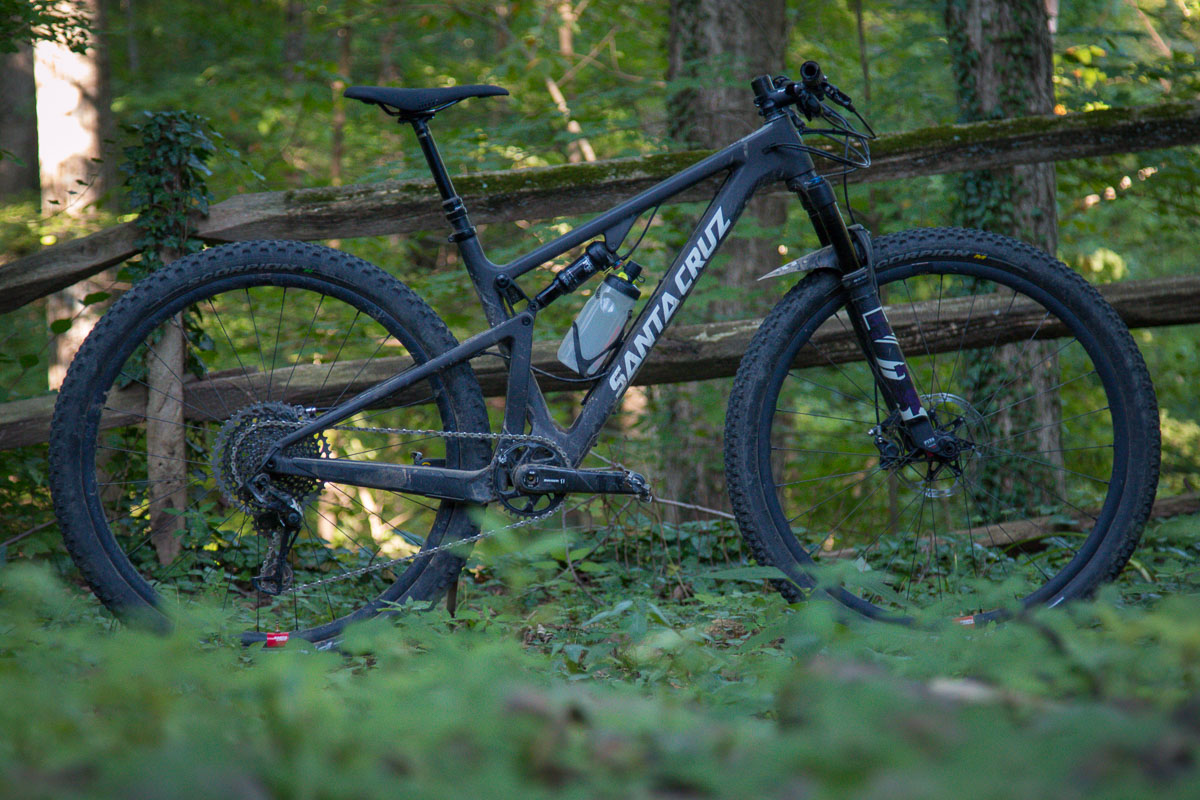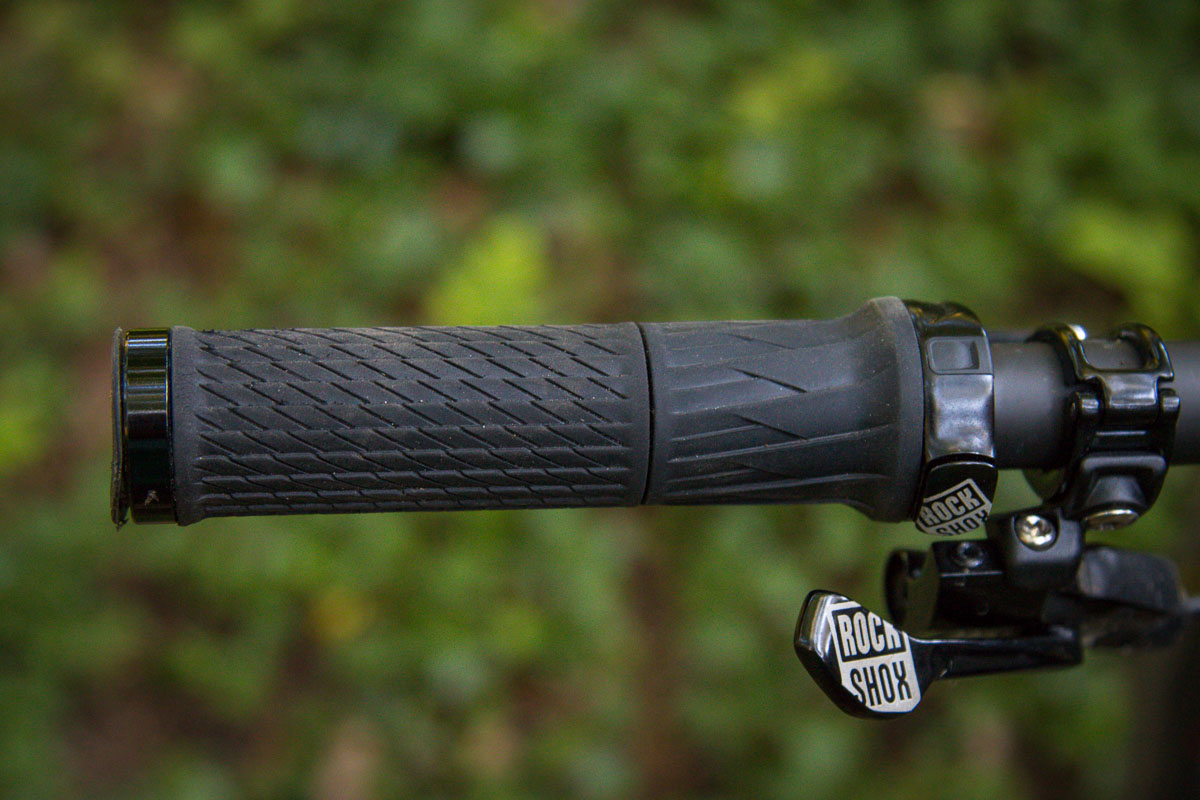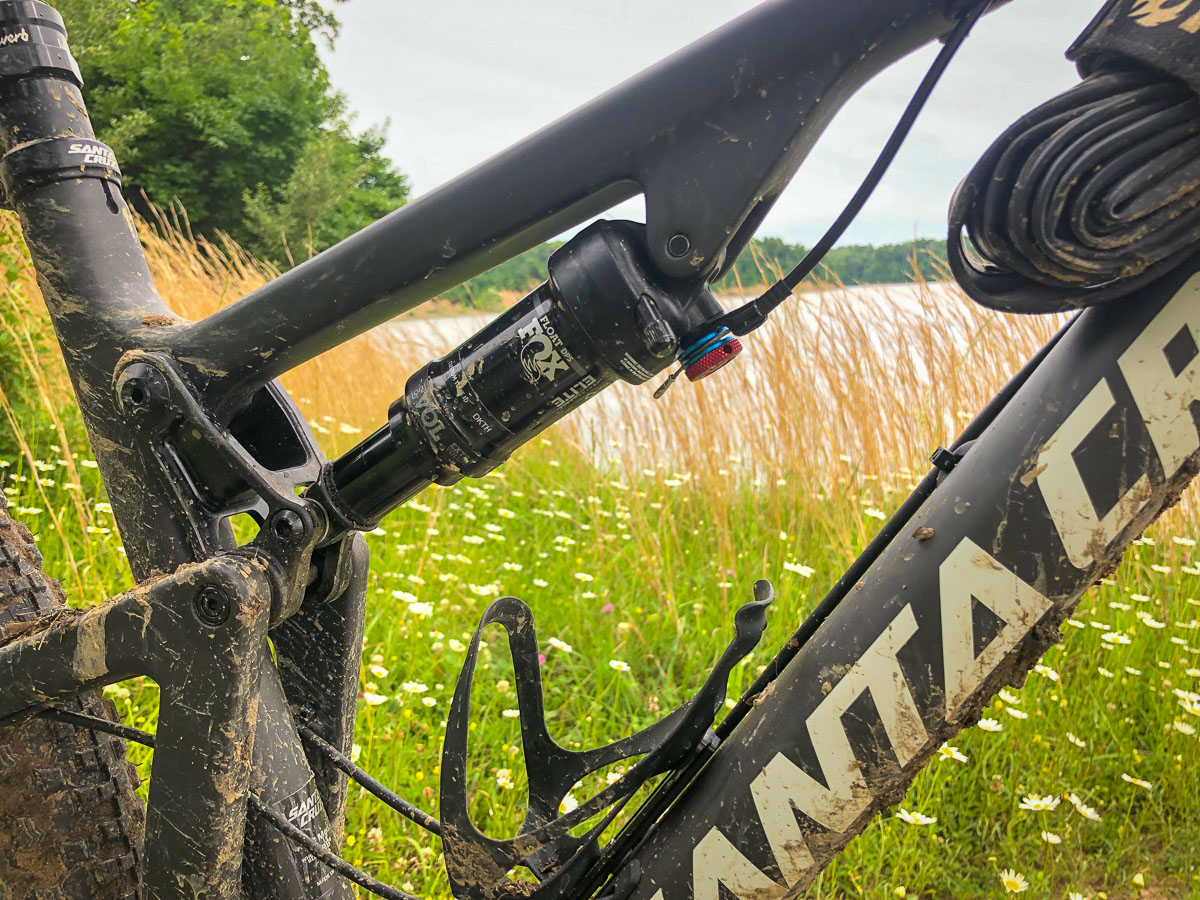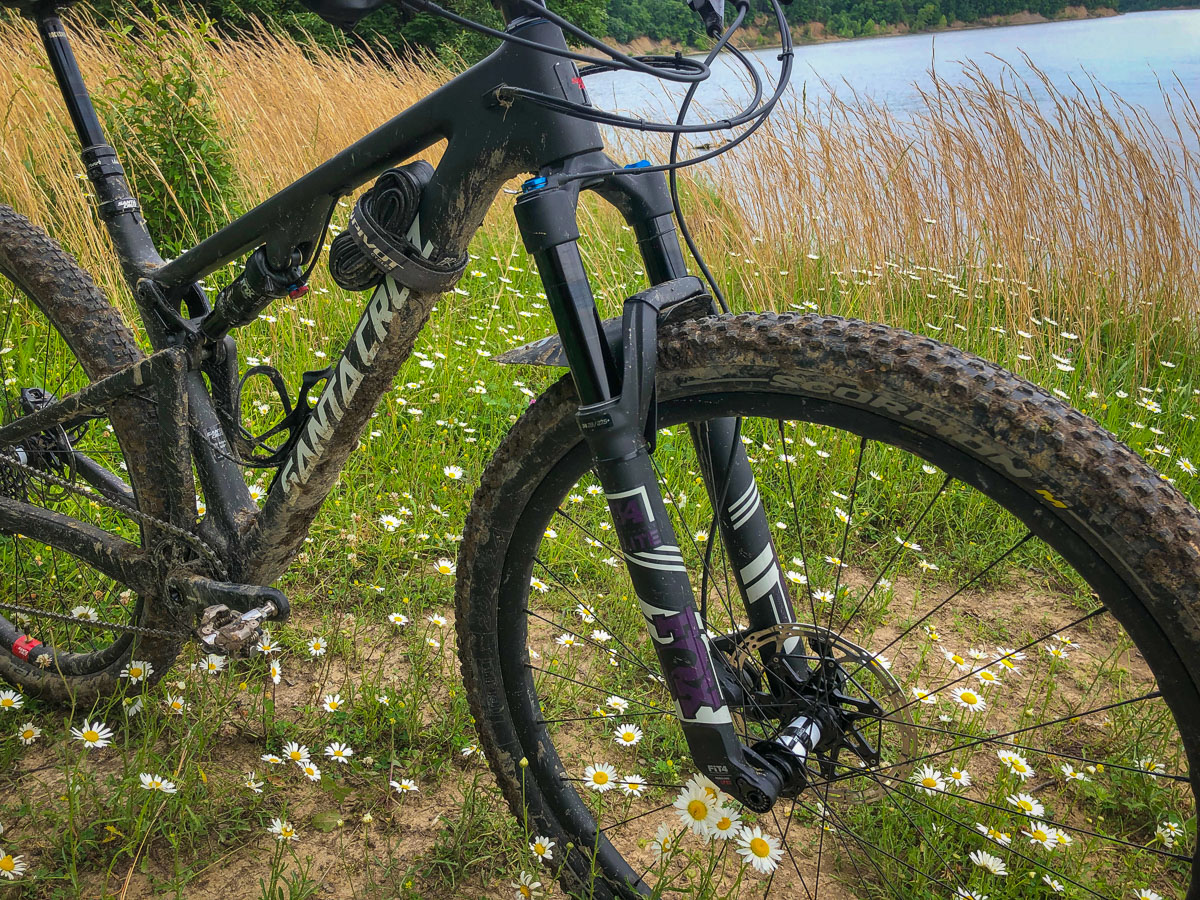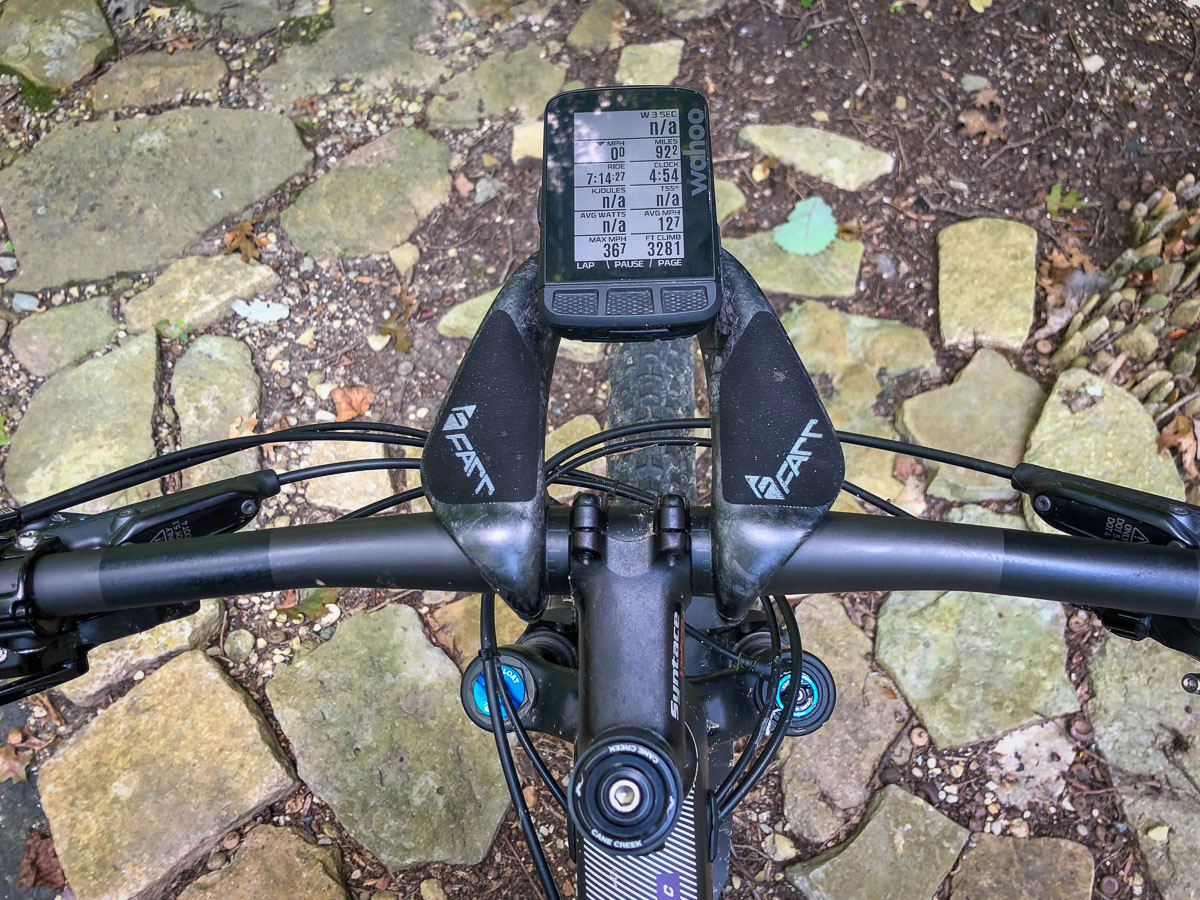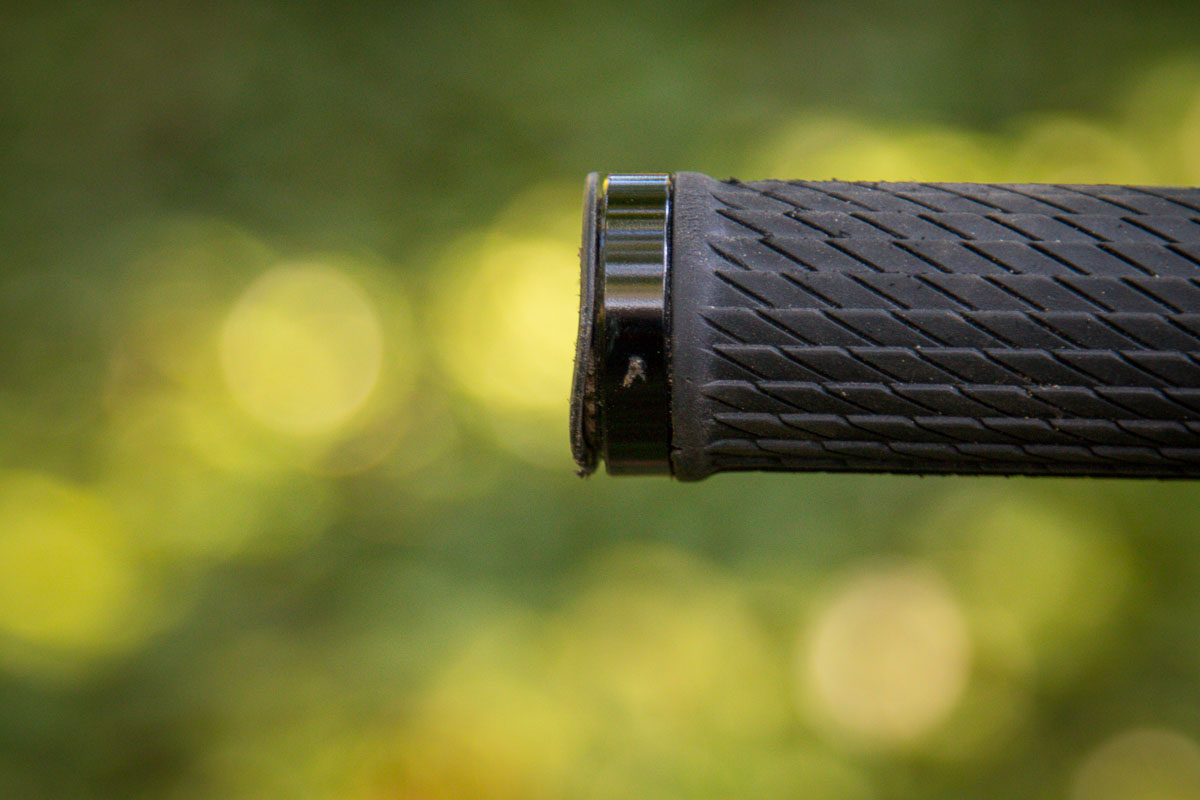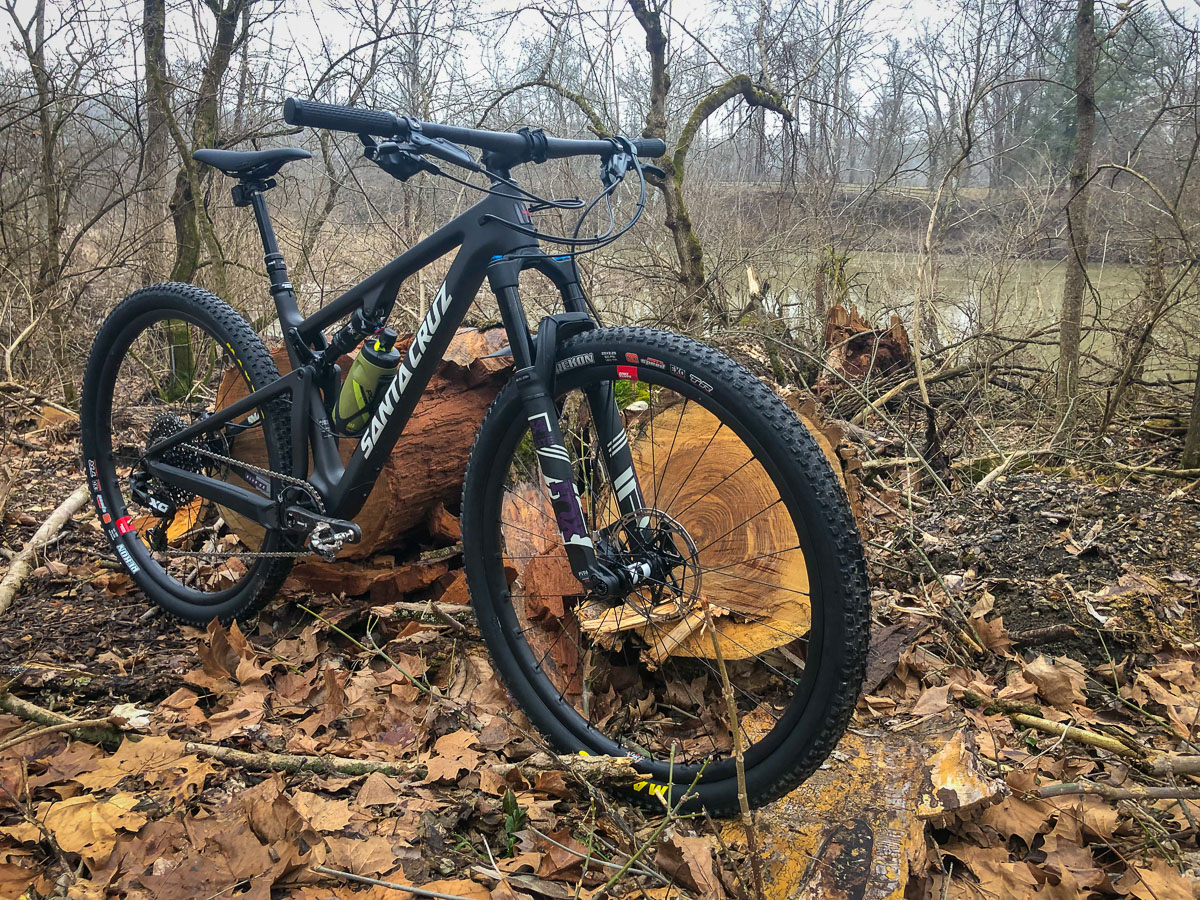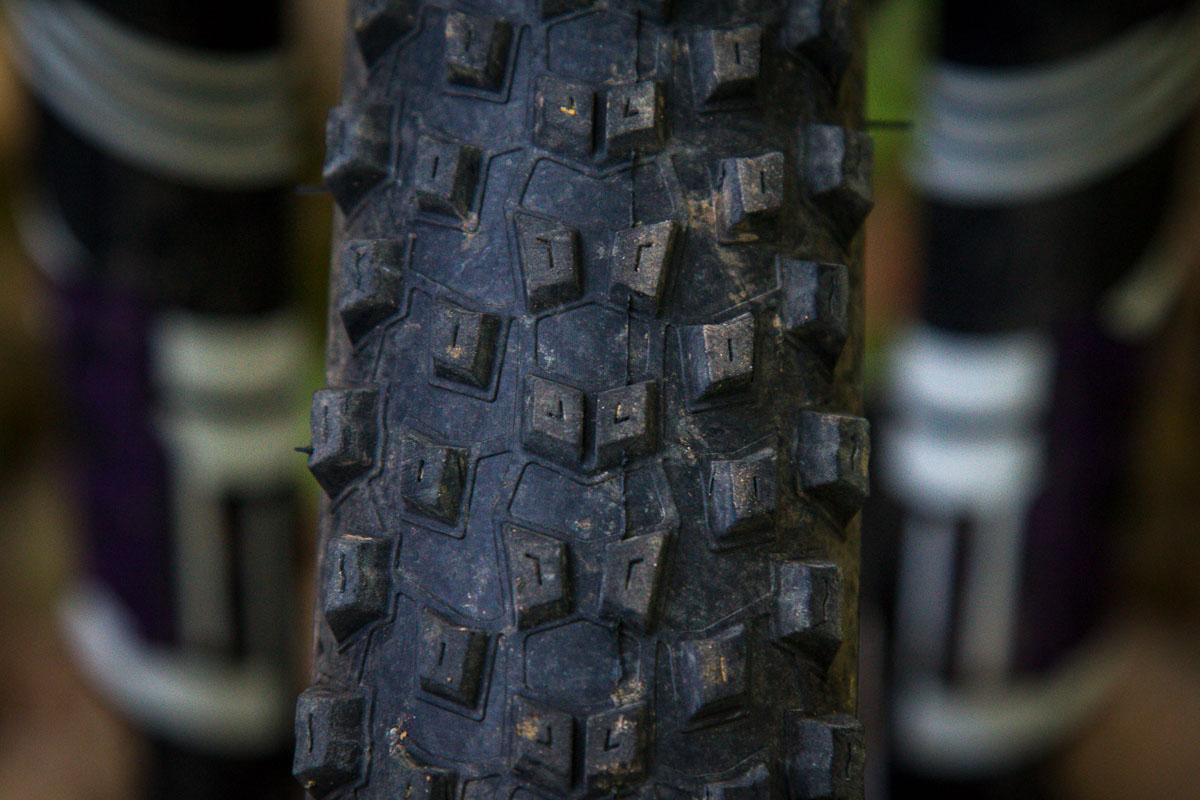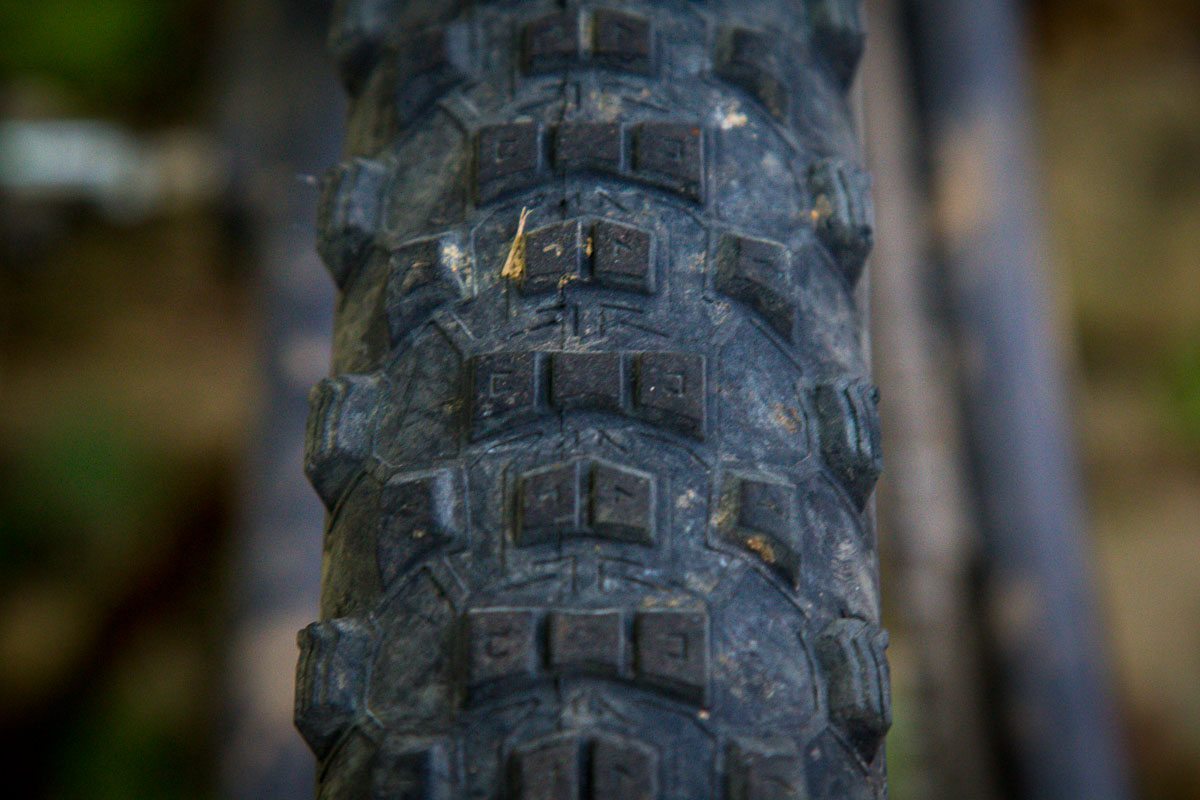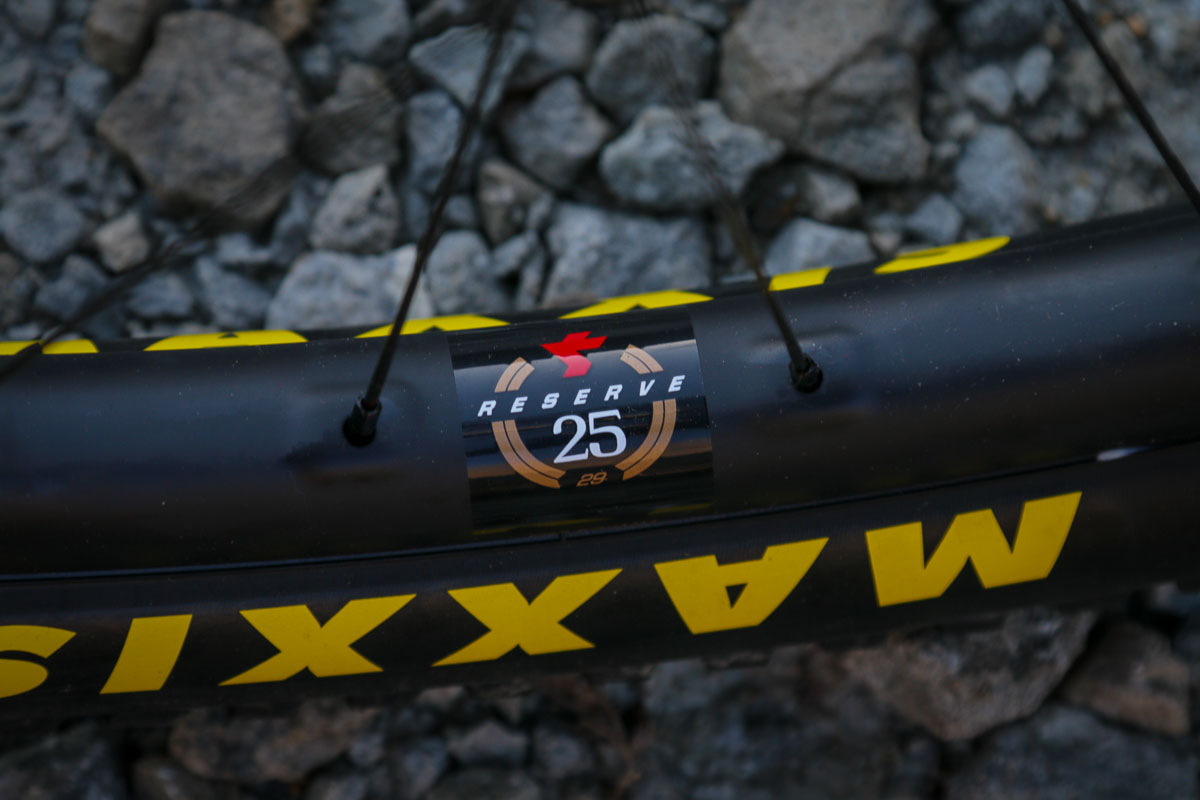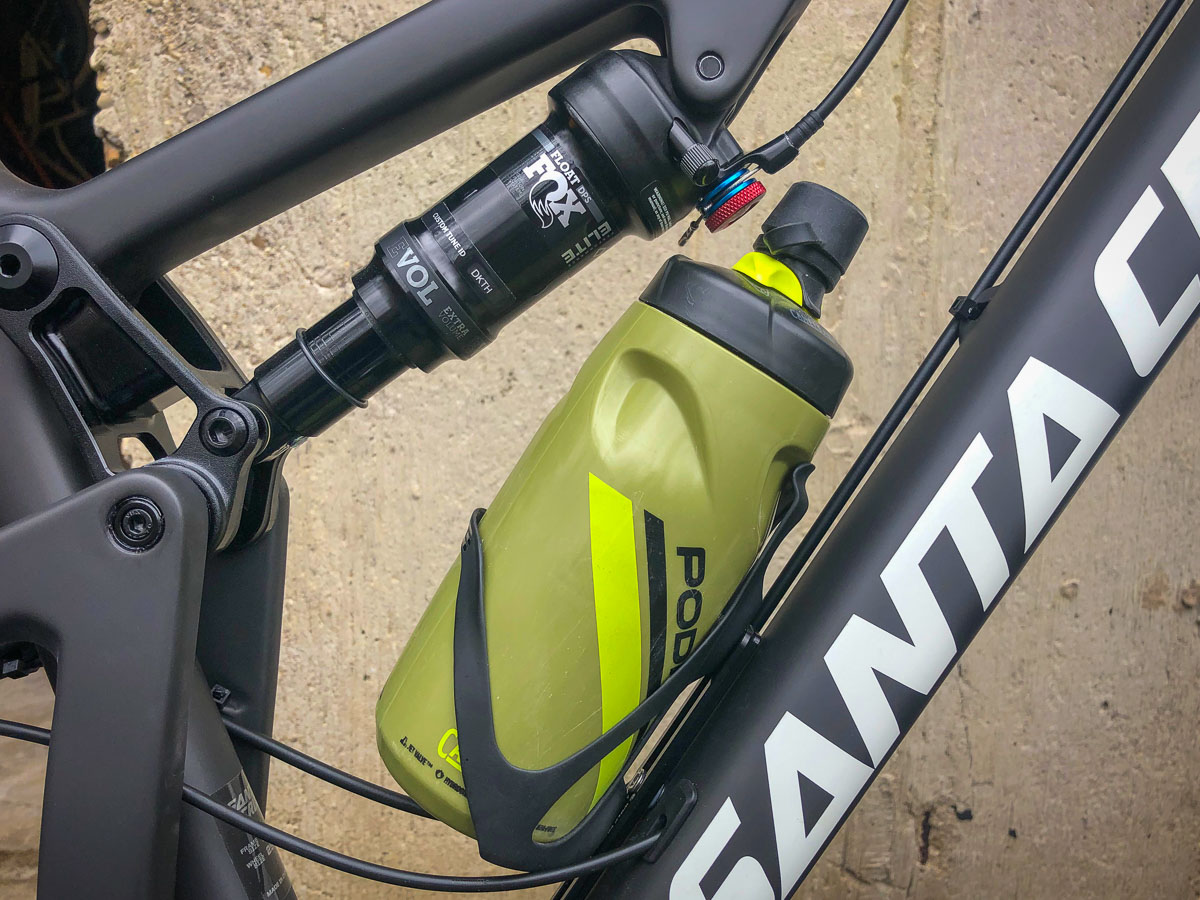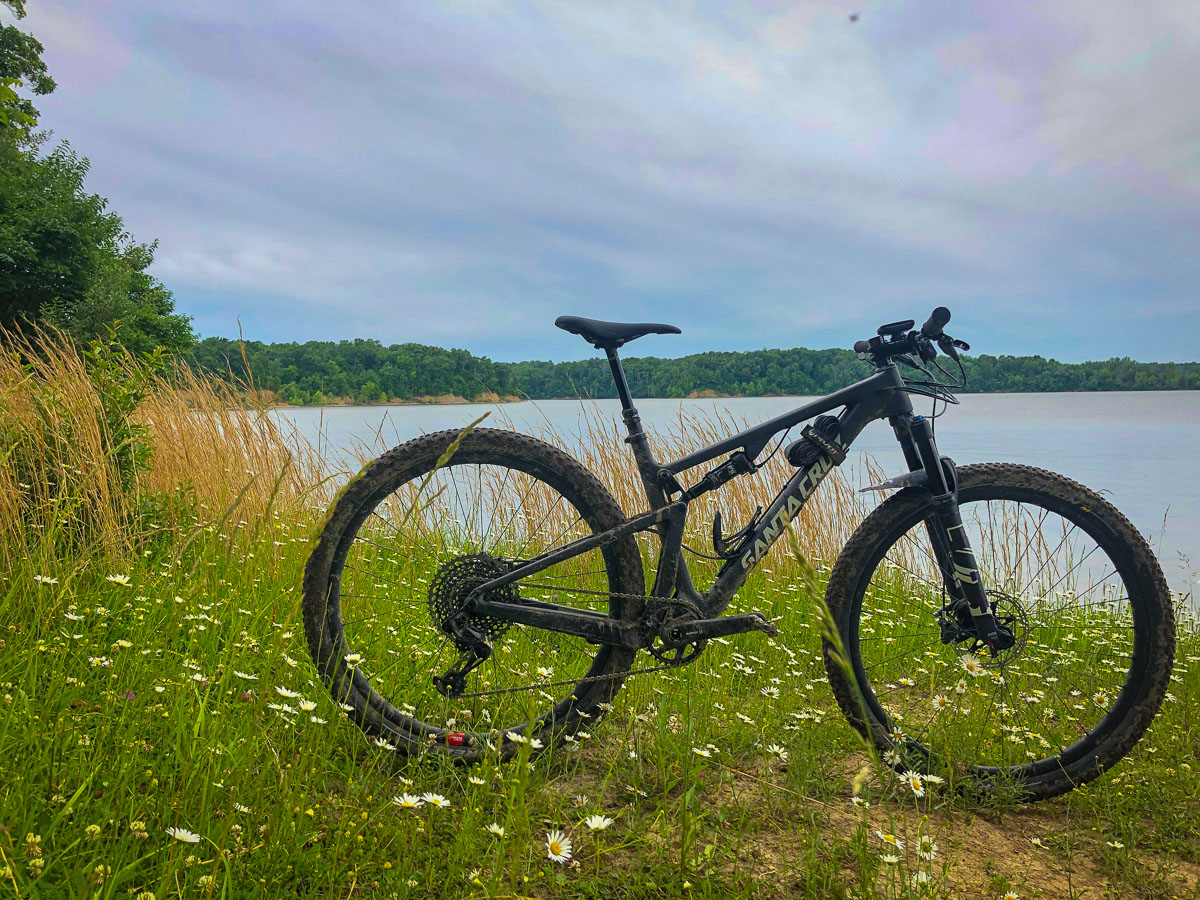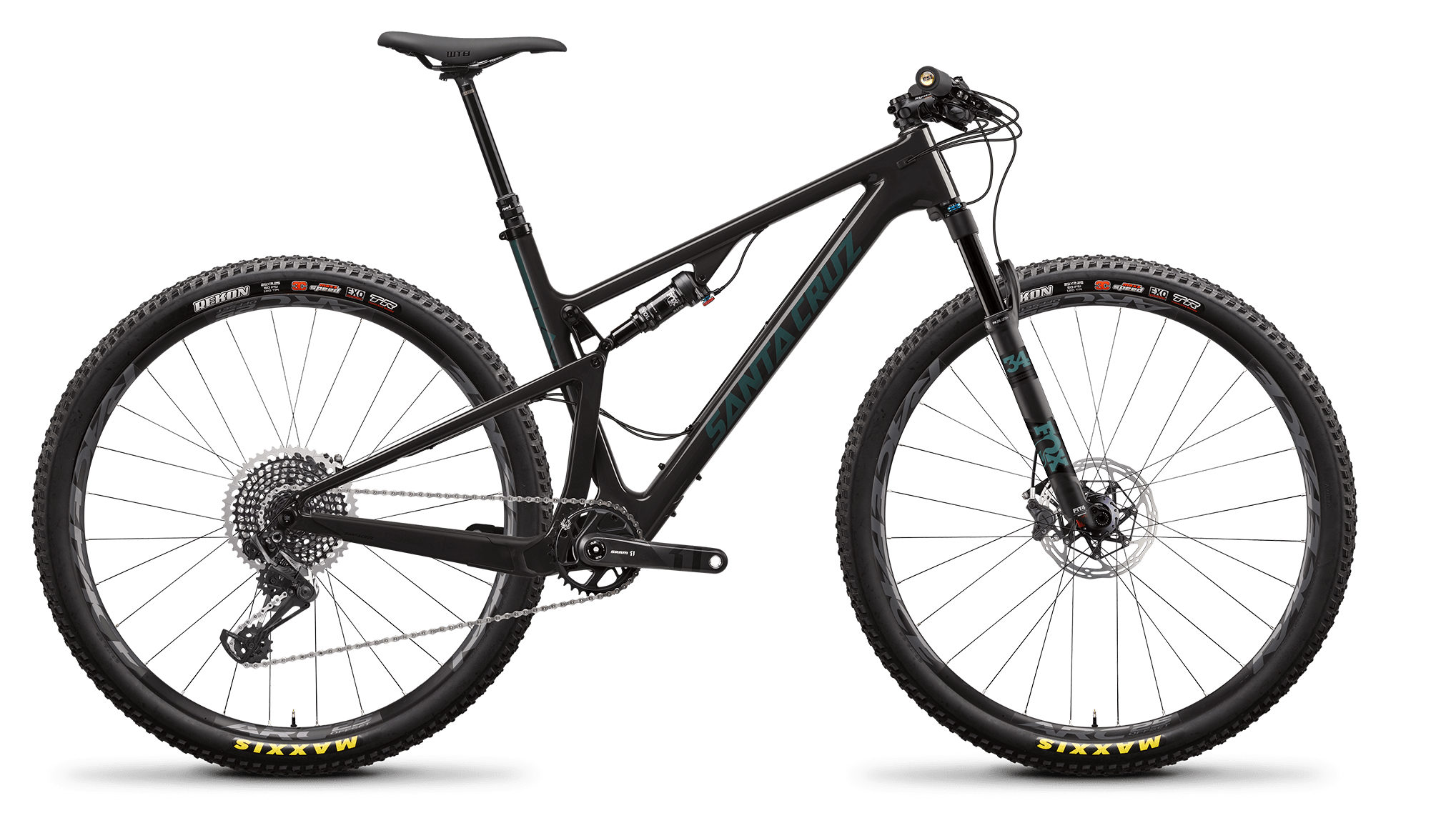When it comes to mountain biking in 2019, the weather has not been kind. My time on the Santa Cruz Blur TR started with a trip to Sicily for the Pirelli Scorpion Tire launch, only to have the original ride snowed out. Things weren’t much better after arriving at home with constant rain keeping the trails closed seemingly more than they were open. While that kept me from mountain biking in early to mid season, it provided plenty of time to explore the world around me on drop bars. As a result, when it was time to hit the dirt I was feeling fit enough to try something new…
Checking Off Big Rides
Before the Blur TR ever arrived, I had a sneaking suspicion that it would be the perfect bike to bag a few big rides that I’ve been dreaming of. There were countless rides on the Blur TR over the course of the review, but two rides really stand out. These rides required a bike that was capable and comfortable enough to log some big miles on old school XC trails, specifically once I was already quite tired. But one ride would also benefit from a bike with near-gravel bike efficiency to get to the trail head first.
It’s been ages since I’ve ridden a bike with dual lock outs, but that’s exactly what prompted this exercise in why not? You see, my house sits roughly 36 miles away from one of my favorite trails at Caesar Creek State Park. It’s a tough, old school, Midwest beat down that makes you feel like you’ve really accomplished something if you cleaned everything on the whole trail in a single ride. It’s the kind of trail that many local riders avoid, and even many of those who do ride it, don’t often ride a complete lap. So of course I decided I needed to ride there and back, in addition to riding the full trail system for a total of about 92 miles on a typically hot and humid summer day. Sounds reasonable enough, right?
Locked Out
Back to the dual lockout, if you’re pedaling 36 miles of pavement at a time, it turns out it’s a pretty good thing to have. Santa Cruz decided to spec the Blur with a Rock Shox Grip Shift-style lockout in spite of the Fox suspension. Twist the grip to lock it out, and push the button to unlock both the fork and rear shock at the same time. Like most remote lockout systems, you may be surprised how much you actually use it when it’s close at hand. In this case, it came in extremely handy to firm up both ends of the Blur for miles and miles of pavement. But thanks to the Grip-Shift element to the lockout, it’s also pretty handy in off-road situations since you don’t have to take your hand off the grip to lock it out. Add in the fact that the Grip-Shift remote still leaves room for a 1x style dropper post remote like the RockShox Reverb 1x, and you’re left with a very usable cockpit that isn’t overcrowded with levers and lines.
Even when fully locked out, the suspension will still open up if you hit something hard enough. Though I will say though that when locked out, the suspension has a fairly harsh top-out feel after hitting a big bump.
Conservative TRail geometry
The flip side is that with a quick flick of the remote button, both the fork and shock open up for slicing through singletrack. One of the defining features of the TR model of Blur is the addition of a Fox Step-Cast 34 fork that gets bumped up to 110mm of travel from 100mm on the standard Blur. This isn’t much, but it’s enough to give the TR a much more trail-worthy feel with a half degree slacker head tube angle at 68.5°, and a slightly higher BB. At a time when bikes like the new Tallboy are going to crazy slack head tube angles, bikes like the Blur TR remain an option for riders looking for more conservative geometries that aren’t dedicated XC race machines.
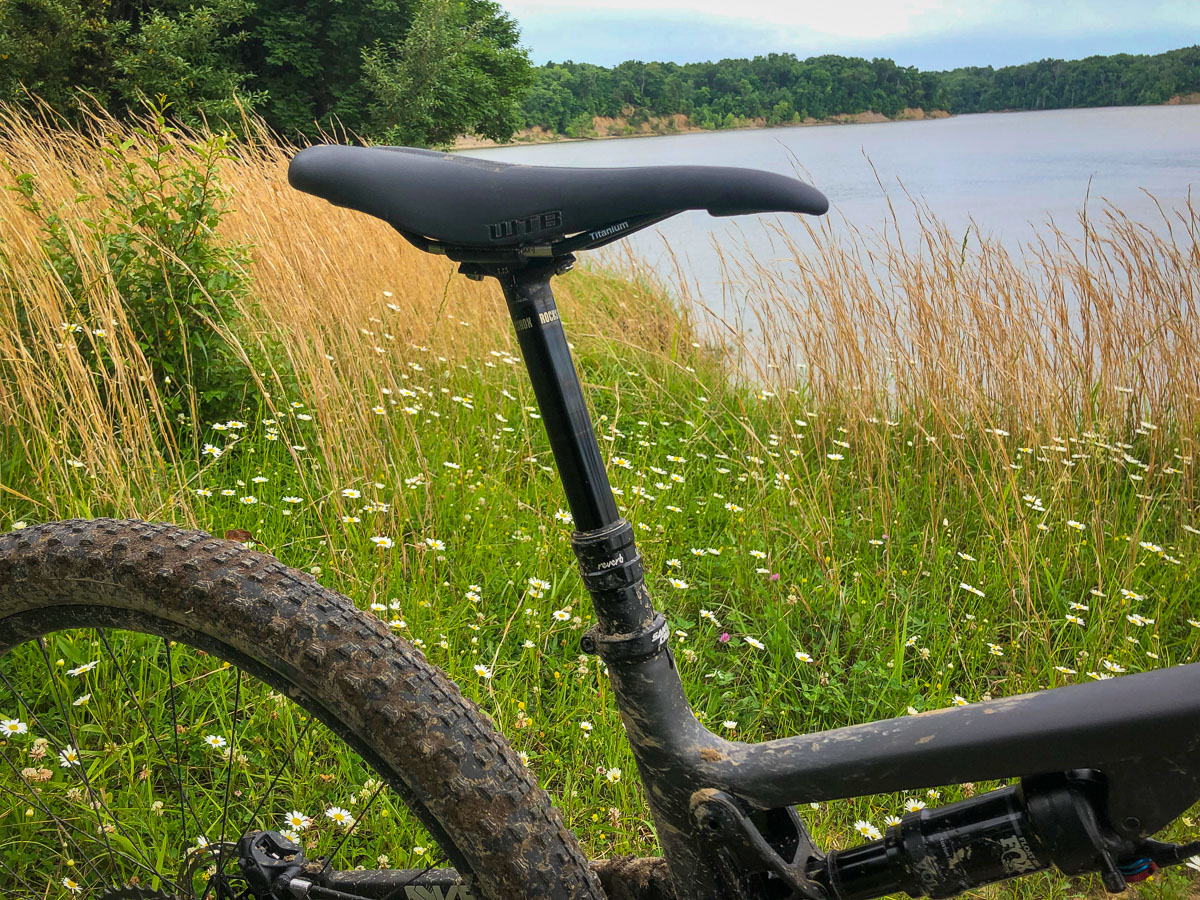
That isn’t to say the Blur TR isn’t XC race capable though. On the contrary, if I were to buy an XC race bike I personally would look for something like this – it’s almost as efficient as the standard Blur, but the added suspension travel, small geo tweaks, and dropper post make it perfect as a daily driver as well.
Ride Farr
As you would expect from a 24.25lb carbon bike with dual lockouts, the Blur TR is quite fast on those pavement transfer stages. For that 92 mile adventure I ended up adding a Farr Carbon Aero Bolt-On for some hand relief, and at the end of the ride I was so glad that I did. I had used the Aero Bolt-On previously on my Why PR build, but it seemed a bit short for the road bike geometry. When I put it on the Blur TR, it suddenly made a lot more sense.
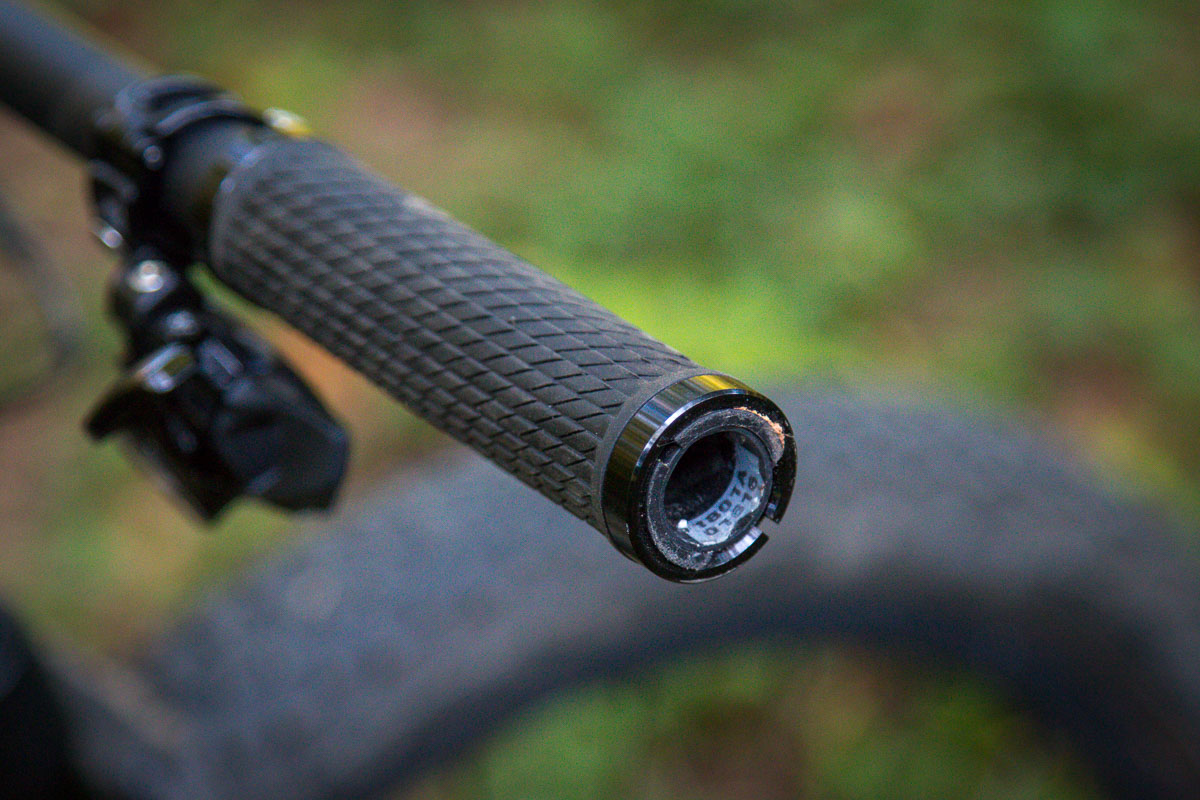
Get a (better) Grip
To be honest, the stock SRAM grips on the Blur TR are terrible. They’re thin, super hard, and the angled pattern is rough on your skin if you’re riding without gloves – especially after four hours on the bike (I took my gloves off for the pavement since it was so humid this day that my gloves were soaked). By that point, I was fighting to keep my hands from going completely numb and the Bolt-On provided much needed relief. It’s not something I would keep on my bike all the time, but if you’re doing long, dumb rides, it seems like a worthwhile addition.
Build wise, with the TR you get a few key components – namely the bigger Step-Cast 34 110mm fork, larger 180mm front brake rotor, and a dropper post. Sure, ditching all these things might get you closer to World Cup level XC performance, but unless you’re gunning for a podium with real money on the line, they’re a welcome addition. My tester was kitted out in the X01 TR build with optional Santa Cruz Reserve 25 carbon wheels.
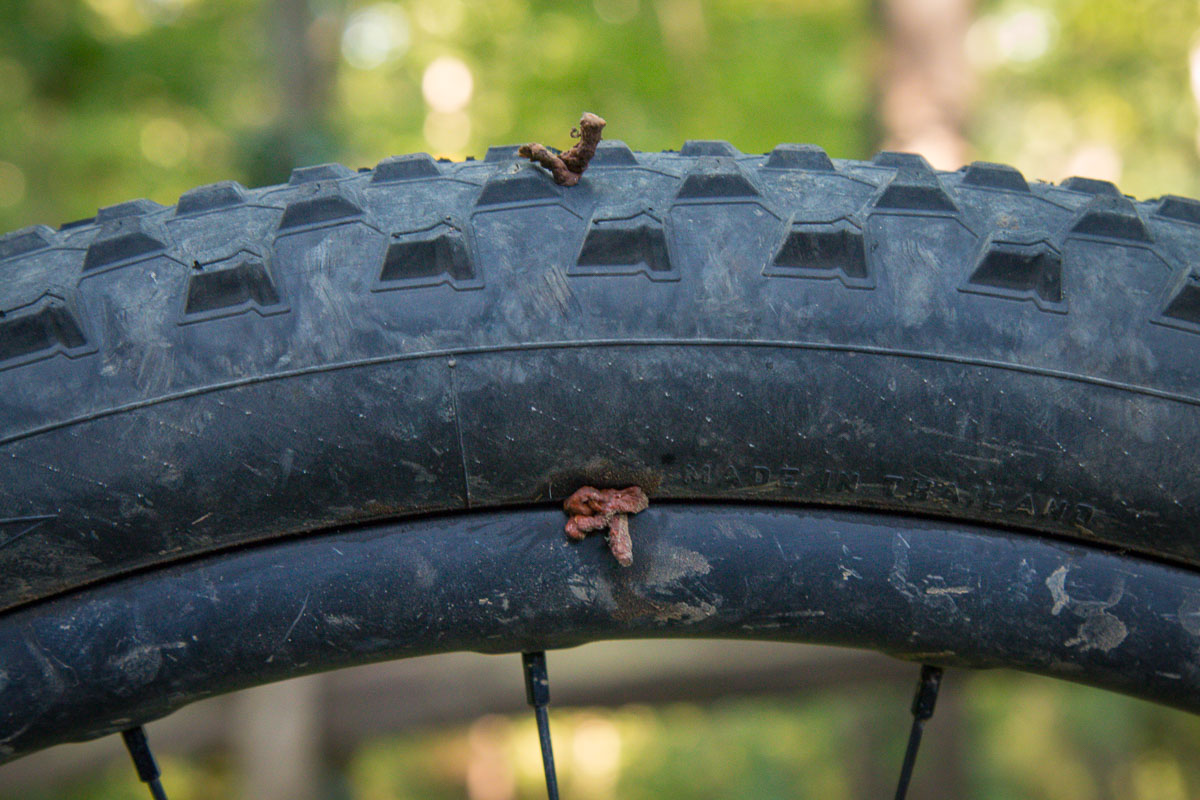
Scorpion Rubber
Since this bike was originally brought in for the Pirelli Scorpion MTB tire launch, I spent the majority of time on Pirelli tires instead of the stock Maxxis 29 x 2.25″ Rekons. In this case, I upped the tire size to 29 x 2.4″ with the Pirellis not quite measuring a full 2.4″ on the 25mm internal rims. However, I was fairly impressed with the Scorpions as their durability seemed incongruous with how soft the rubber feels. Even with a bunch of road miles, and even more off road miles, the rear ‘R’ and front ‘M’ seemed to hold up quite well while offering a high level of grip. Personally, I think the cornering knobs could be bigger on both but that seemed to be their only weakness. I managed to go the entire time without any flats or punctures, until the very last ride where complete rider error led to a pinch flat on a very sharp, pointy rock. Even then, I was impressed that the Santa Cruz Reserve rims barely had a scratch, and I was able to plug both the hole at the rim and the hole in the tread to finish the ride without losing all of the air in the process.
Everything else on the bike worked as expected. The SRAM Level TLM brakes were plenty powerful, especially with a 180mm rotor up front. The combination of a Santa Cruz XC carbon flat bar and Syntace LiteForce stem gave the bike an XC but not too racy feel, and the SRAM Eagle X01 group performed flawlessly as usual.
My only concern with the frame comes from the placement of the water bottle cage mount inside the front triangle in conjunction with the cable routing. Since the rear derailleur cable exits the frame right by the mount, and the rear brake hose is routed along the downtube next to it, bottle cage placement isn’t ideal. If you mount it in the stock position, the cables are forced to the side of the cage which causes them to rub on the cage as the suspension cycles. Also, depending on the cage design, the cables can interfere with inserting the bottle into the cage. I ended up using a Wolf Tooth Components B-rad adapter to raise the position of the cage, but that resulted in limited space between the bottle cap and the rear shock. To get around this, I used a stubby Camelbak Podium Dirt bottle which worked great, but it would have been better if I had a side-mount cage to use as well. I was on a medium frame, so larger frames should also have more room in the front triangle which might eliminate this whole issue. If you need a second bottle, there’s also a mount on the bottom of the downtube.
On the trail, the Blur TR really comes into its own. When on the gas, the suspension works extremely well resulting in plenty of personal bests on trails you’ve probably ridden for years. I don’t think I would recommend this bike for someone who is just casually cruising through the forest, but if you like going fast – it’s a lot of fun.
Finish Line
After deciding that the previous ride was too much pavement and not enough single track, the next weekend I decided to ride the same trail – only twice in one. Even though this ended up just shy of 30 miles, this ride was actually tougher than the 92 mile epic the previous week. This was my first time to check off a double full pull and to me it really highlights the potential of the Blur TR.
Admittedly, I like could have done both of these rides on just about any mountain bike, but it was the Blur TR that really inspired me to do it. The bike seems like the perfect combination of efficiency and capability that made me want to tackle a long road ride followed by a long trail ride, and without dreading the time on either. Also, while it’s race bike efficient, the change in spec meant that you still feel relatively fresh, even after marathon trail efforts. If other modern bikes are too slack but you still want to have fun and go fast, this could be your bike.
Note that over the course of the review, the color has changed slightly to Gloss Carbon and Aquarius Green shown above.
For more on the Blur TR including geometry and spec, check out the first post here.
